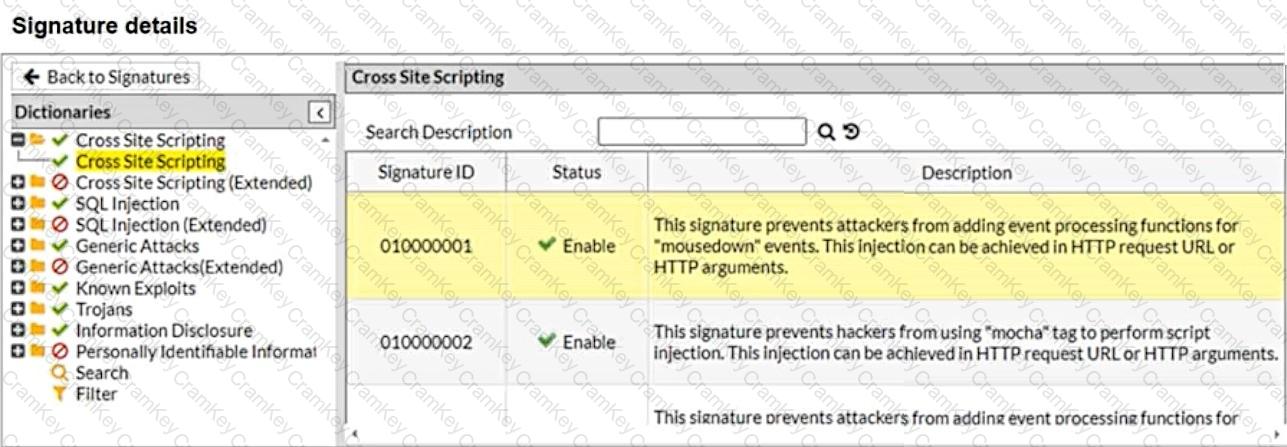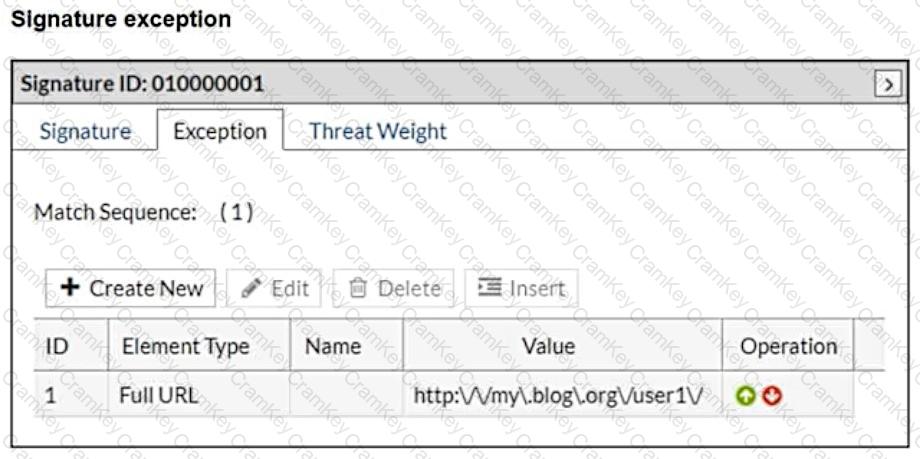The Payment Card Industry Data Security Standard (PCI DSS) sets forth security requirements to protect cardholder data. Requirement 6.6 specifically mandates that public-facing web applications be protected against known attacks by either:Exclusive Networks+3Gordion+3layer7solutions.com+3
Reviewing applications via manual or automated vulnerability security assessment tools or methods, at least annually and after any changes.
Installing an automated technical solution that detects and prevents web-based attacks, such as a web application firewall (WAF), in front of public-facing web applications to continually inspect all traffic.
FortiWeb, Fortinet's web application firewall, offers various deployment modes to protect web applications:
Reverse Proxy Mode: FortiWeb acts as an intermediary, terminating client sessions and initiating sessions to the backend servers. This mode provides comprehensive protection and allows for features like SSL offloading, URL rewriting, and advanced routing capabilities.
Transparent Mode: FortiWeb operates at Layer 2, inspecting traffic without modifying it, making it invisible to both clients and servers. This mode simplifies deployment as it doesn't require changes to the existing network topology.
Full Transparent Proxy Mode: Combines aspects of both reverse proxy and transparent modes, providing inspection and modification capabilities while remaining transparent to network devices.
PCI DSS Mode: A specialized deployment tailored to meet PCI DSS compliance requirements. This mode ensures that FortiWeb is configured with security policies and features aligned with PCI DSS standards, offering robust protection against threats targeting cardholder data.
Given the need to meet PCI DSS compliance criteria, deploying FortiWeb inPCI DSS modeis the most appropriate choice. This mode is specifically designed to align with PCI DSS requirements, ensuring that all necessary security measures are in place to protect cardholder data

